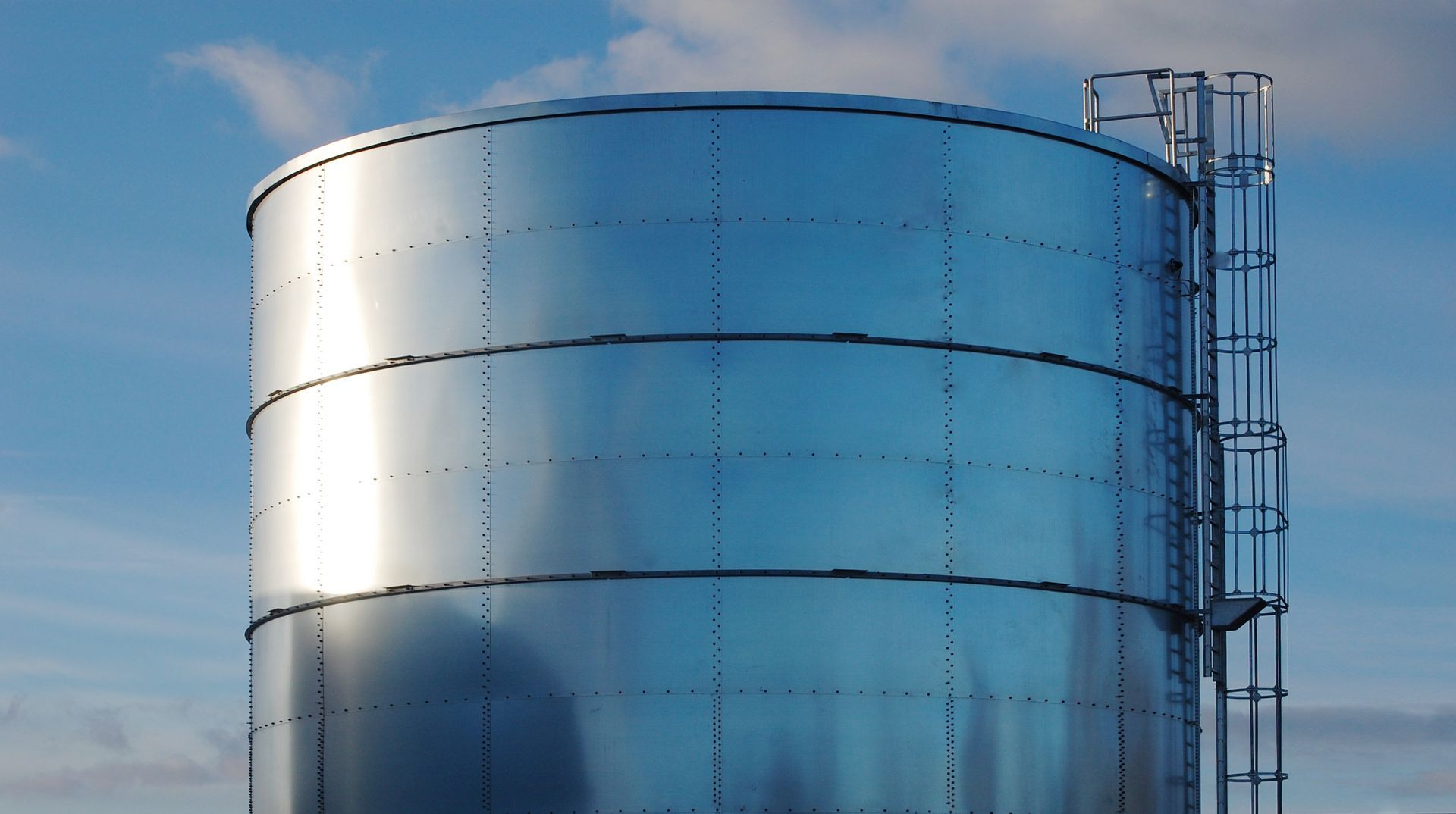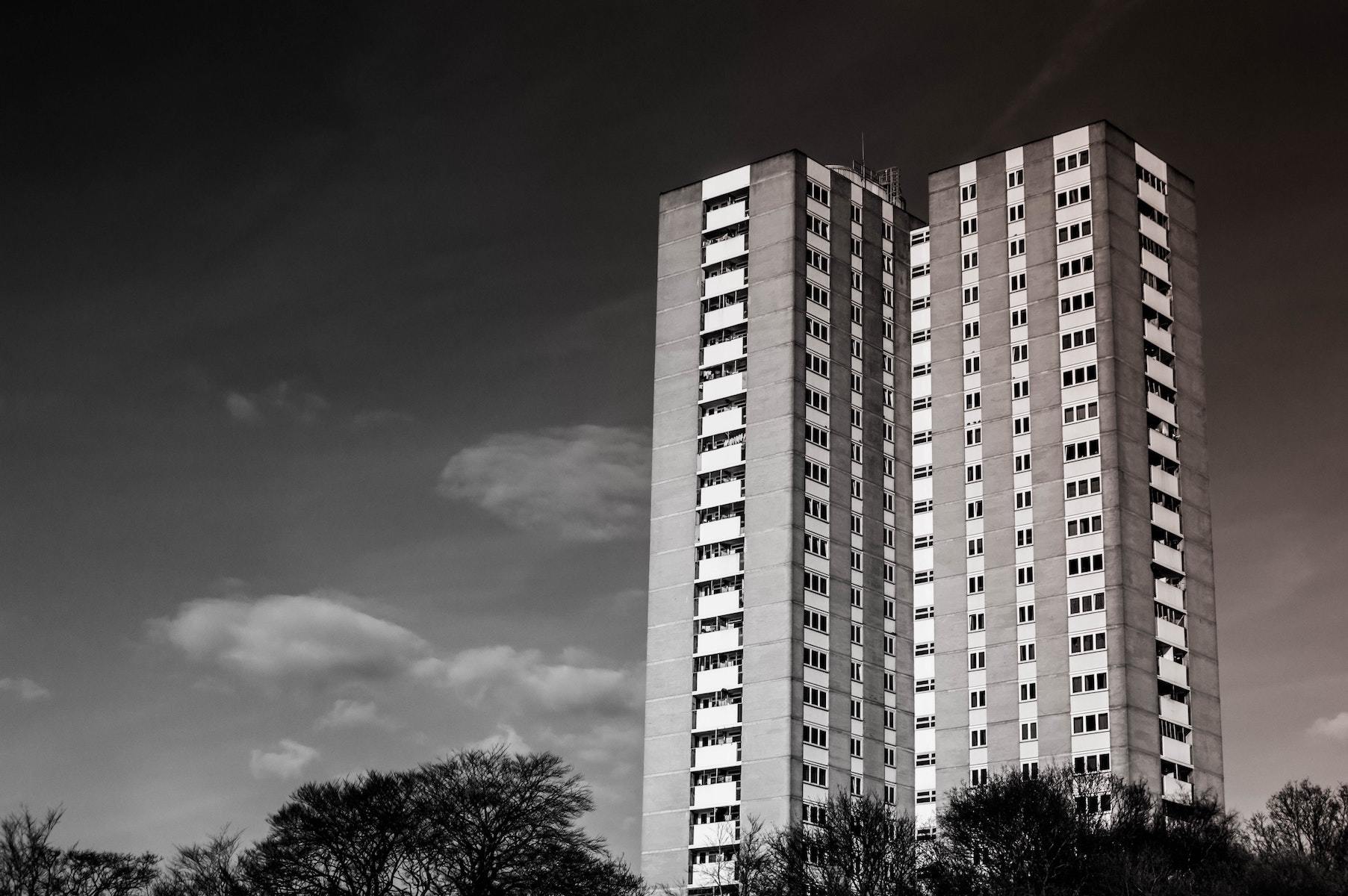Fire dampers: Still a key risk for commercial buildings despite Grenfell disaster
One of the biggest risk areas we see, when resero carry out audits of planned preventative maintenance work on large commercial buildings, is a failure to regularly test and maintain fire and smoke dampers.
This seems strange given the Grenfell Tower disaster should have focused the minds of all property managers and landlords on the measures they need to take to stop fires occurring.
The subsequent inquiry raised question marks over whether the smoke dampers in Grenfell Tower failed, which may have contributed to thick smoke filling common areas hindering rescue attempts.
Too often treated as a tick-box exercise
Fire safety is one of those areas often treated as a tickbox requirement by facilities managers, yet its importance cannot be understated, given the potentially horrific outcome when a fire takes hold in a tall, closed, commercial building filled with lots of office workers.
Dampers are essential to stopping the spread of fire and smoke. They are installed in the ducts of heating, ventilation and air-conditioning systems and will automatically close on detection of heat or smoke (depending on their purpose). This prevents fire and smoke from spreading, via the ductwork, to the rest of the building.
The exclusion of ventilation ductwork in planned preventative maintenance (PPM) programmes is a common occurrence and fire damper testing is often no more than a visual inspection. It is not uncommon for fire dampers to have been poorly installed and poor testing regimes mean this may never be discovered until it is too late.
Do you know where your fire dampers are?
Some of the reasons why people often fail to test their fire dampers on a regular basis are because they are hidden in the ductwork, it can be difficult to gain access and testing can be a time-consuming process.
But failure to meet the testing regime stipulated under the Regulatory Reform (Fire Safety) Order 2015 in England and Wales (as well as Scottish and Northern Irish Fire Safety Regulations) can lead to fines of up to £10,000 and two years in prison for the designated responsible person.
A prohibition notice can be issued to close a building down if the local fire officer is not satisfied that compliance with the act is being achieved.
Building insurance risk
It may also put the insurance of your building at risk as insurance companies will often require proof of damper testing when assessing claims for fire damage.
British standards in this area require 100% of fire dampers in a building to be tested at least once a year, and more frequently in ventilation systems that are at higher risk. Each damper should be drop tested and then reset to open. A full test report is required, including photographs of each tested damper in the open and dropped position. A schedule of remedial works should be included in the report.
Access panels should be installed on both sides of the damper to enable full inspection.
Fire compartmentation is another important element of ‘passive fire protection’ and is achieved by dividing the premises into ‘fire compartments’ through the use of fire-resistant doors, floors and walls and cavity barriers within roof voids, for example. A full compartmentation audit should also be carried out by a specialist risk assessor and reviewed regularly as part of maintenance schedules.
Resero is able to create comprehensive PPM plans and audit existing PPM plans for both individual buildings and portfolio of assets. For more information contact the resero team at info@resero.co.uk or +44 (0)1743 341903.













